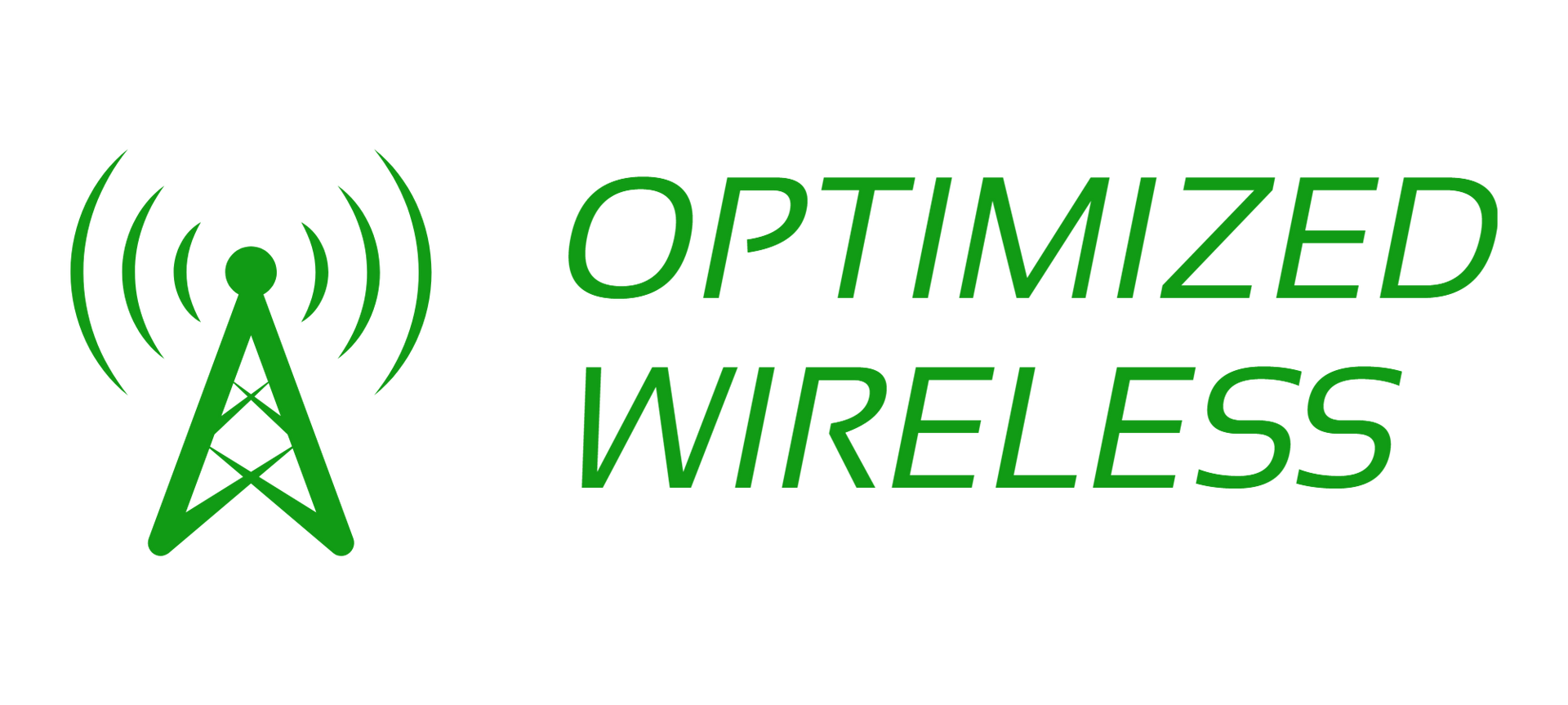Smart Grid
Advanced Metering
Wireless Coverage
With a great connection, there are no limits
We're here to provide wireless network coverage insights that optimize mission critical utility applications
SMART GRID
The integration of wireless networks is becoming increasingly vital for utilities aiming to enhance operational efficiency and reliability within smart grid infrastructures. These critical functions include:
- AMI (Advanced Metering Infrastructure): Wireless networks facilitate the deployment of smart meters that provide real-time data on energy consumption. This data enables utilities to monitor usage patterns, detect anomalies, and implement demand response programs efficiently.
- Distribution Automation: Wireless networks enable the automation of distribution systems, including remote monitoring and control of switches, transformers, and other grid assets. This capability improves grid reliability by enabling faster detection and isolation of faults and optimizing the management of voltage levels.
- Outage Management: Wireless networks support real-time communication between grid devices and utility control centers, enhancing outage detection and response. Utilities can quickly pinpoint outage locations, dispatch repair crews more efficiently, and provide accurate restoration updates to customers.
- Load Management and Energy Efficiency: Wireless networks enable utilities to communicate with customer devices (such as smart thermostats and appliances) to implement demand response strategies. facilitate the integration and management of distributed energy resources (DERs) such as solar panels and wind turbines. By monitoring and controlling these resources in real time and remotely adjusting loads during peak demand periods, utilities can optimize their contribution to grid stability, ensure efficient energy use, and reduce strain on the grid and avoid costly peak generation.
- Predictive Maintenance: Wireless connectivity enables continuous monitoring of grid equipment conditions and performance. By collecting and analyzing data from sensors and devices, utilities can predict equipment failures, schedule proactive maintenance, and extend asset lifespan.
cellular on the grid
Wireless network testing plays a pivotal role in helping utilities select the best network operator for supporting smart grid initiatives. By evaluating coverage, performance, reliability, and scalability, utilities can ensure they invest in networks capable of meeting current and future operational needs. This approach not only enhances grid reliability and efficiency but also enables utilities to leverage advanced technologies to deliver improved services to customers. Utilities should prioritize comprehensive wireless network testing across their operational areas to thoroughly evaluate potential network operators. This ensures a well-informed decision that maximizes the benefits of smart grid technologies and supports long-term sustainability and growth.
How Optimized Wireless Can Help
Optimized wireless performs on-site wireless network assessments, continuously measuring signal strength, data speeds, and network reliability across multiple cellular operators.
After completing the test, you will receive a detailed report showing which operator performs best in each portion of your site or route. This includes areas with strong signal, potential dead zones, and estimated average data speeds.
